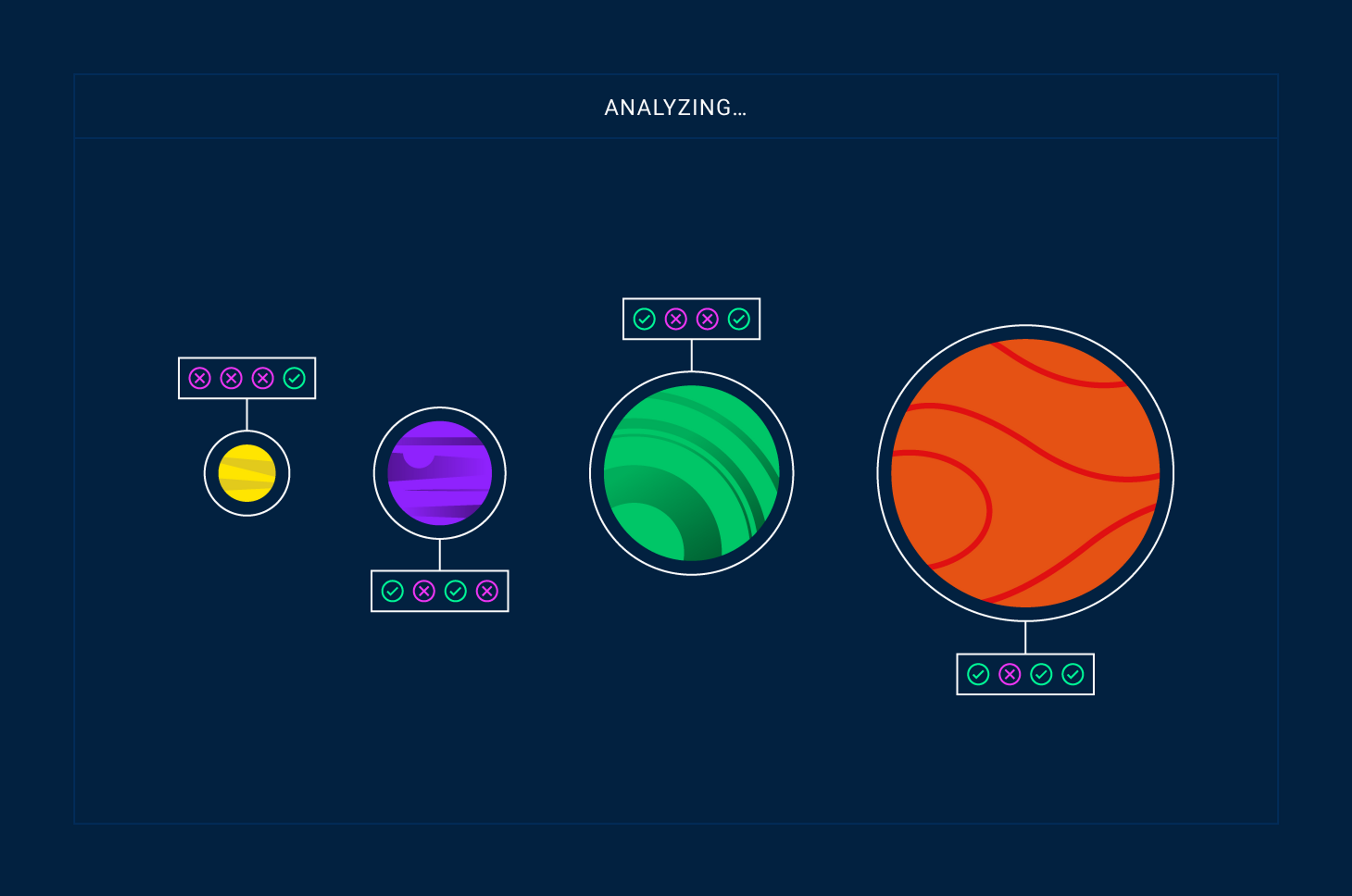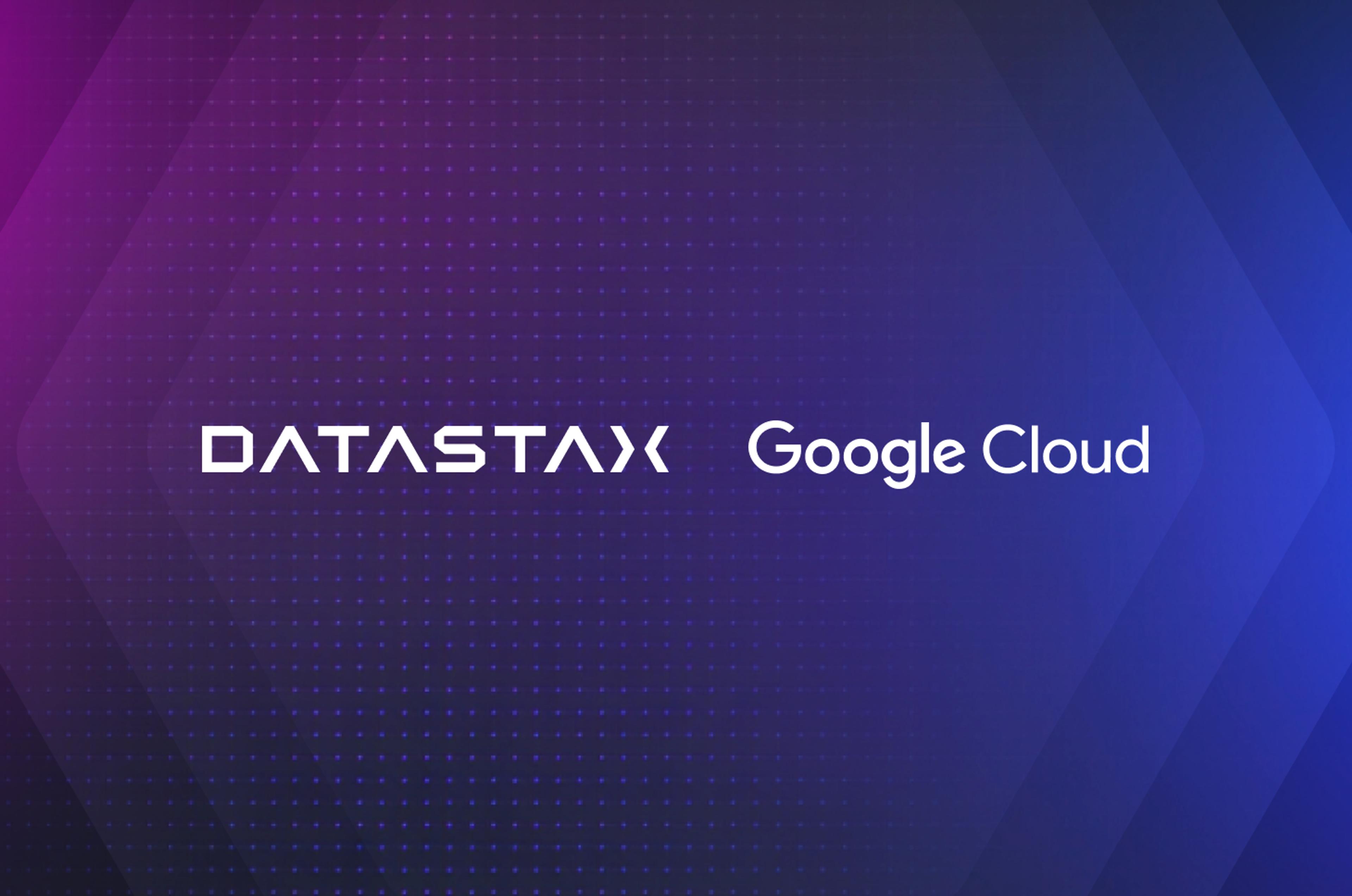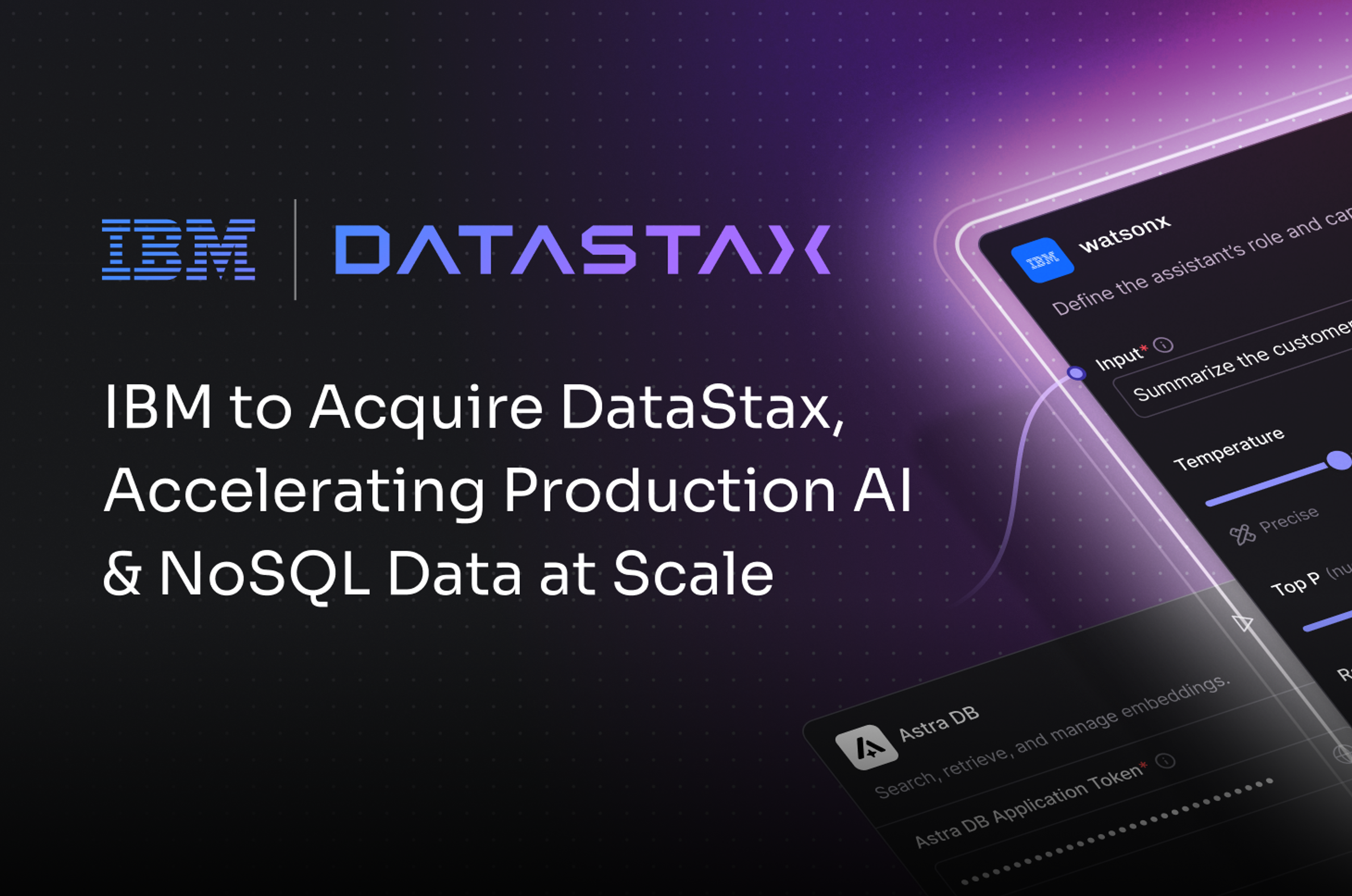NoSQL is a database technology designed to support the requirements of cloud applications and to overcome the scale, performance, data model, and data distribution limitations of relational databases . But there's much more to the decision than just choosing between NoSQL and relational databases.
NoSQL databases come in many flavors, with several leaders sporting unique characteristics. We'll cover the top contenders—Apache Cassandra® (and its managed option, Astra DB), MongoDB, Apache HBase™, and Couchbase—across four key factors, to help you decide which is the best fit for your organization. But first, to make sure we're on the same page, let's review NoSQL databases, their benefits, and how they differ from relational databases.
What is NoSQL?
NoSQL (not-only-SQL) databases are designed to store, distribute, and access data using methods that differ from relational databases. NoSQL technology was originally created and used by internet leaders such as Facebook, Google, Amazon, and others who required database management systems that could write and read data anywhere in the world, while scaling and delivering performance across massive data sets and millions of users. Read more about NoSQL's evolution.
Today, almost every organization must deliver cloud applications that personalize interactions with their customers, and NoSQL is often the database technology of choice for powering such systems. Compared to traditional, relational databases, NoSQL could be the way to go if you have a large volume and variety of data, scalability is a top priority, you need continuous availability, you're working with big data, or you're performing real-time analytics. NoSQL databases have proven to be a good fit for many real-world use cases, including fraud detection, identity authentication, inventory management, personalization, IoT, financial services, payments, messaging, and many more.
Learn more about NoSQL at DataStax Academy
Benefits of NoSQL
NoSQL databases are primarily designed for decentralized systems that target cloud applications. While some myths persist, the fact is NoSQL databases, like Astra DB,offer many benefits over other database management systems, including:
-
Continuous availability: Database stays online even during major infrastructure outages.
-
Geographically distributed: Fully active data, everywhere you need it.
-
Operationally low latency: Response times fast enough for your most intense operational cloud applications.
-
Linearly scalable: Predictable scaling to meet the current and future data needs of cloud applications.
-
Immediately decisive: Full range of data manipulation capabilities tightly integrated into a single system.
-
Functionally cohesive: Coherent integration and interoperability of mixed workloads and multiple data models.
-
Operationally mature: Enterprise-ready data management for cloud applications.
-
Low total cost of ownership: No requirements for specialized hardware or ancillary software.
How to compare different NoSQL databases
After deciding to use NoSQL, selecting the best solution involves evaluating multiple factors. There are several popular NoSQL databases, each with their own benefits and . differences that may or may not make them the right fit for your company.
First, make sure the option you're considering handles core NoSQL features. Then, consider the following factors:
-
Architecture: Some NoSQL databases (like MongoDB) use a parent/child model, similar in some ways to many relational databases. Others, like Cassandra (and by extension, Astra DB), are designed in a parentless fashion where all nodes in a database cluster are the same. This design supports constant uptime, multi-geography data replication, and predictable performance.
-
Data model: NoSQL databases support various data models. They may use wide-row tabular stores, a document-oriented approach, key-value stores, or graph structures.
-
Data distribution model: Because of their architecture differences, NoSQL databases differ on how they support the reading, writing, and distribution of data. Astra DB, built on Cassandra, supports writes and reads on every node in a cluster and can replicate/synchronize data between many data centers and cloud providers.
-
Development Model: Different NoSQL databases offer varying APIs and query languages, with Cassandra and Astra DB providing the developer-friendly Cassandra Query Language (CQL), which is similar to SQL.)
Cassandra vs. MongoDB vs. HBase vs. Couchbase
Cassandra, MongoDB, HBase, and Couchbase are four of the leading NoSQL databases. Astra DB, a managed database service powered by Cassandra, offers a simplified, cloud-native experience with the same capabilities as Cassandra.
Let's apply the evaluation criteria recommended above to see how they compare.
|
Cassandra |
MongoDB |
HBase |
Couchbase |
|
|
Architecture |
Fully distributed and masterless. All nodes in the cluster are the same, guaranteeing 100% availability with no downtime. Every node also handles a proportionate share of every activity in the system, avoiding the bottlenecks seen in systems with a single master node and enabling lower latency. Astra DB makes this accessible as a managed, serverless solution. |
Parent/child model with a primary node that directs multiple secondary nodes. If the primary node goes down, a secondary node takes over. This can take up to one minute, during which the database can’t respond to requests. |
Parent/child architecture with a single point of failure. It stores data in the Hadoop Distributed File System (HDFS). The reliance on HDFS, instead of locally-managed storage, introduces complexity and reduces performance. |
Shared-nothing architecture where each node is self-sufficient – . The nodes don't share memory or storage. To remove points of contention, each request is handled by a single node. Each node includes a data service, index service, query service, and cluster manager component. |
|
Data model |
Wide-column store inspired by Google Cloud Bigtable and Amazon DynamoDB. It uses a table structure consisting of rows and columns, but, unlike relational databases, each row is not required to have the same columns. When the table is created, the data type to be stored in each column has to be specified. |
Document store with a JSON-like format, featuring a flexible schema that doesn't have to be predefined. Documents are stored in collections, which accommodate various data types and support nested data. |
Wide-column store based on Apache Hadoop and Google's Bigtable that, like Cassandra, uses a table structure with rows and columns. However, while Cassandra supports hundreds of tables, HBase "does not do well with anything above two or three column families." |
Flexible data model that is a JSON-based document store, but maps data to a key/value storage API. It’s developed from CouchDB with a Memcached-compatible interface. |
|
Data distribution model |
All nodes in the cluster have the same role, so each one can read and write data. This boosts Cassandra's writing capability, with write speed and scalability increasing as more nodes are added. Updates are fast because only modified data is appended, with no data rewrites required. The database can coordinate all write operations at the same time. Data replication and synchronization across data centers and cloud providers is built in. Every node immediately shares its data with the others, making it instantly available on all nodes. Cassandra's replication design is inherently suited for delivering low latency response times, while also maintaining resilience against failures. |
With its single parent architecture, only the primary node can write and accept input. Secondary child nodes can only be used for reads, meaning only one write operation can be performed at a time. Additionally, the entire document must be rewritten when a field is added or updated, making replication complex and fragile. |
As with MongoDB, if the parent node is down, the entire cluster becomes unavailable. HBase has an integrated, log-structured storage engine, but relies on HDFS for replication instead of managing storage locally. This puts limitations on write workload scalability. Everything is written in one place, giving a clear trail to each piece of data. |
Provides simpler replication than MongoDB, but lacks the rigor of Cassandra’s or Astra DB’s architecture. Couchbase is neither fully consistent, nor fully available – It cannot serve reads during failover or network partitions, but it can still serve stale data to reads. Couchbase nominally supports active/active cross-datacenter replication. However, if the same document is updated concurrently in both, one of the updates will be lost. Cross-datacenter replication failure often requires manual intervention to recover. |
|
Development model |
Uses its own query language, Cassandra Query Language (CQL), designed to enhance developer productivity. Its syntax and statements are similar to SQL, making it easy for developers to learn. |
Lacks a dedicated query language. Queries are conducted using JSON fragments. |
Does not have its own language, and requires additional technologies to run queries. |
Uses the declarative query language N1QL, which returns JSON-formatted results rather than traditional tables. |
Benchmarks run by End Point, an independent database firm, stress-tested Apache Cassandra, HBase, MongoDB, and Couchbase on operations typical to real-world applications. Results showed that Cassandra outperformed its NoSQL counterparts. In fact, for mixed operational and analytic workloads typical to modern web, mobile, and IoT applications, Cassandra performed six times faster than HBase and 195 times faster than MongoDB. Read the report.
Take the next NoSQL step with Cassandra
There’s a lot to take in and consider when comparing NoSQL database options. We hope our recommended decision criteria and the comparison of Cassandra, MongoDB, HBase, and Couchbase has been helpful. It’s certainly a difficult decision, with a lot to consider. But, at DataStax, we believe Cassandra is the clear winner and we’re betting on it being the database of the future.




